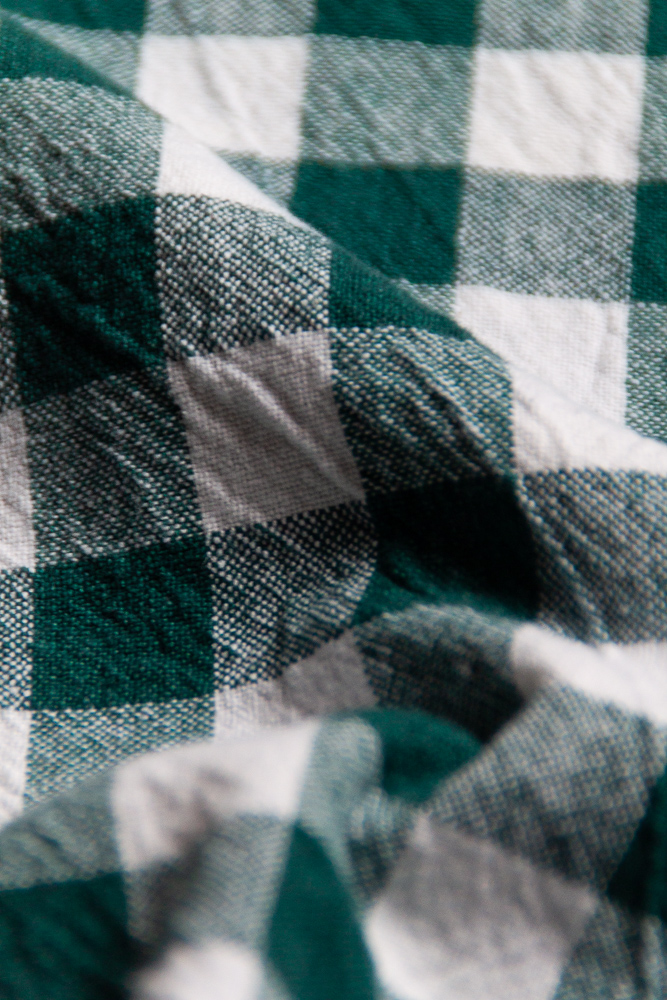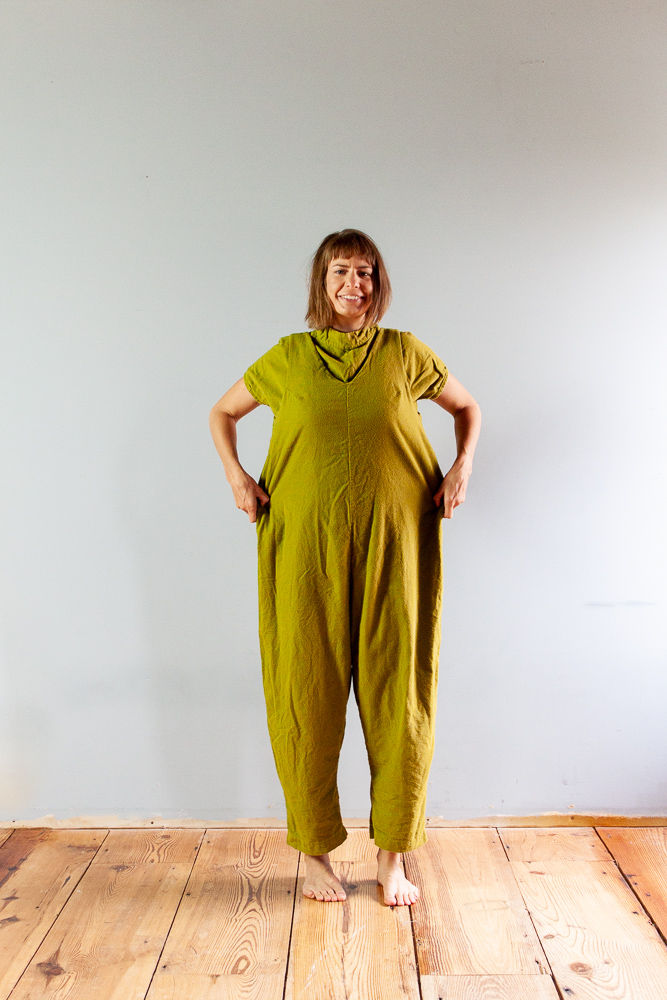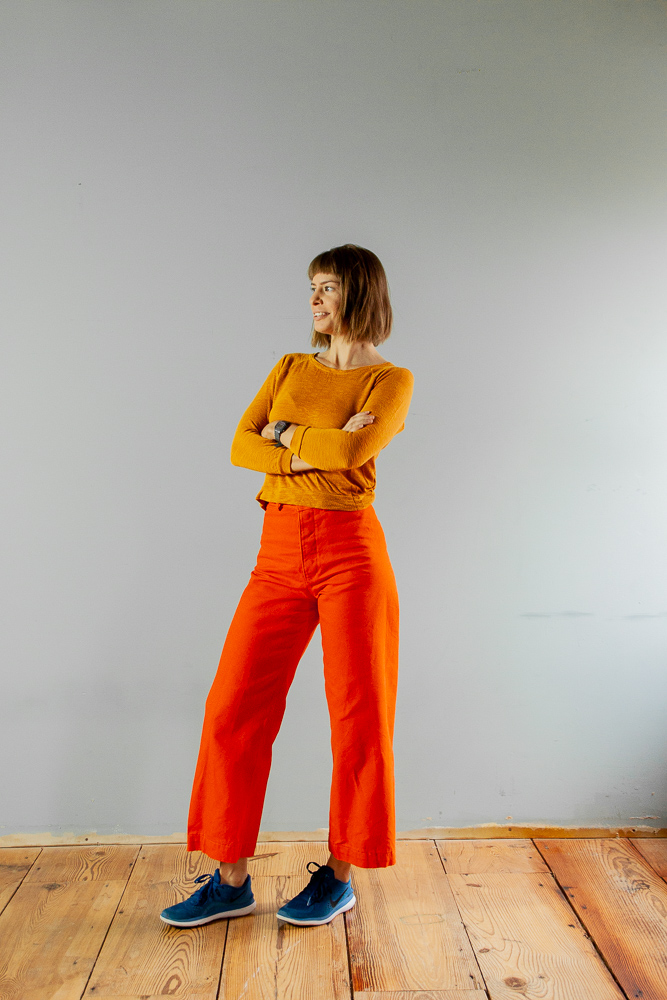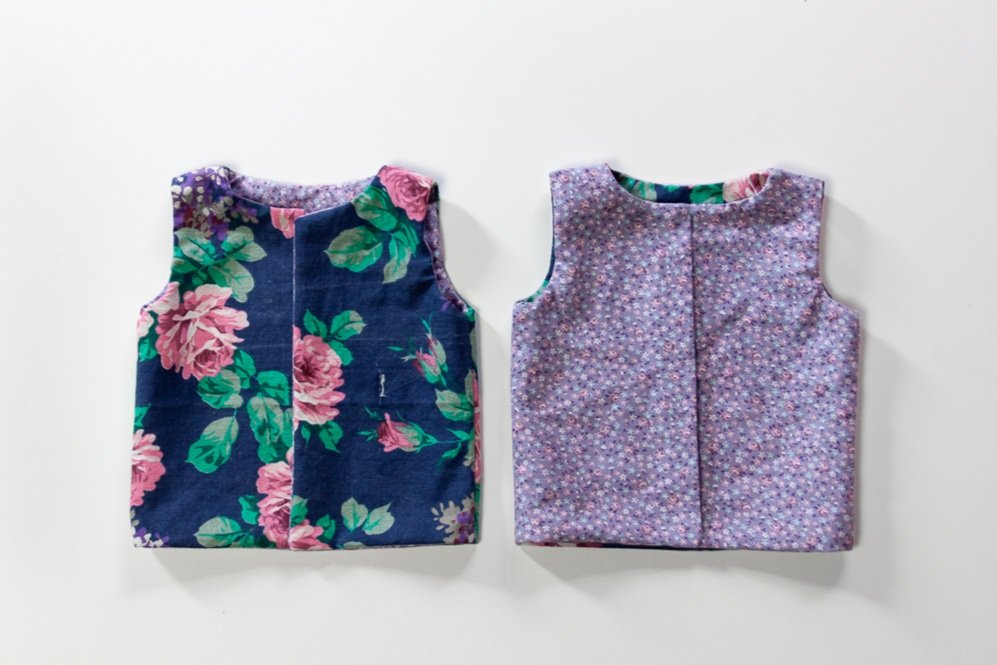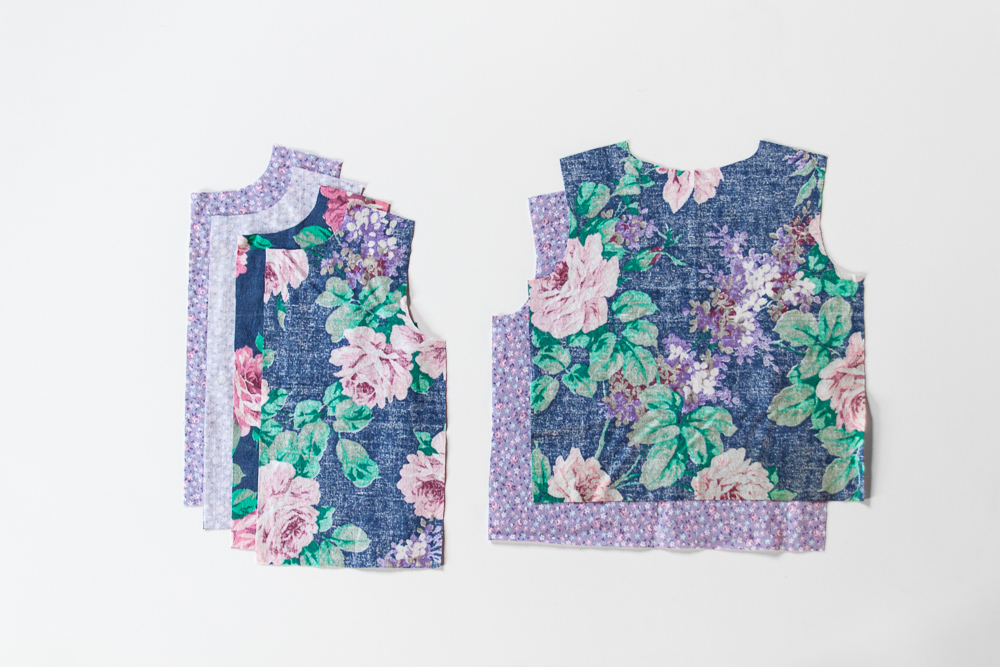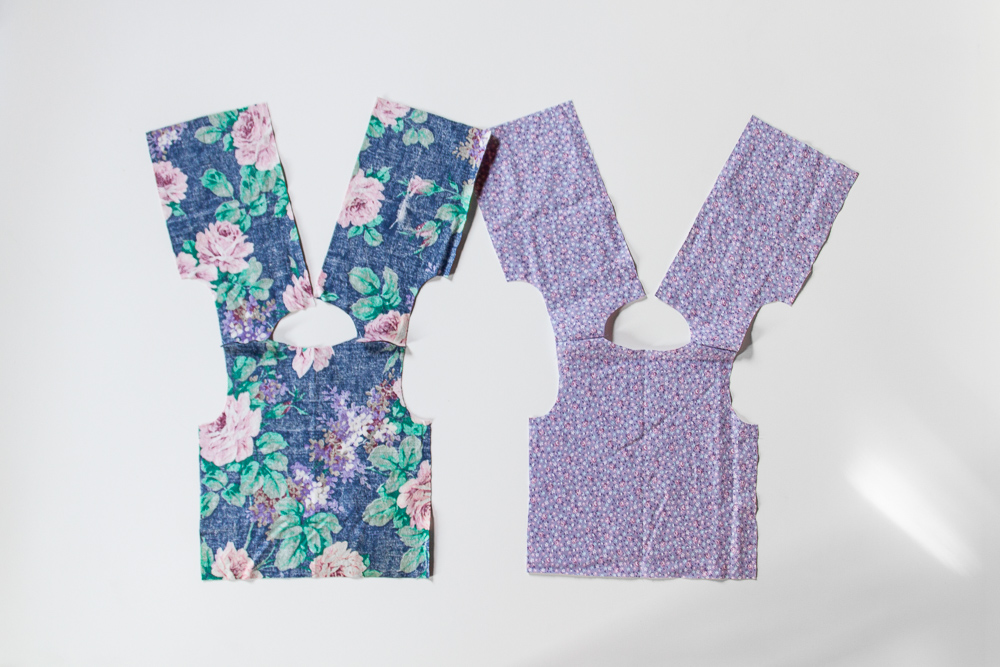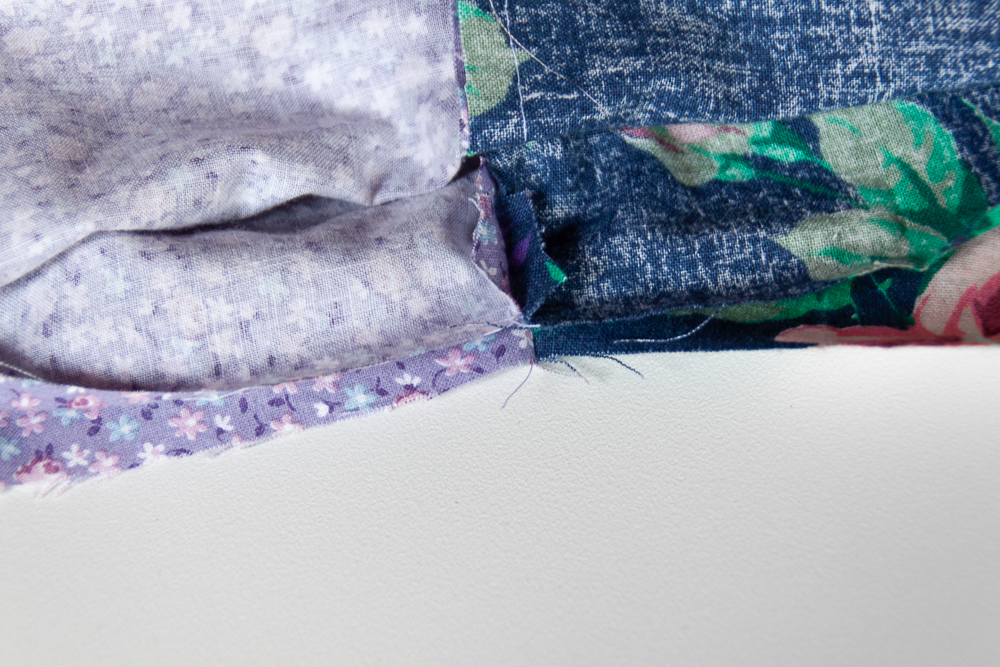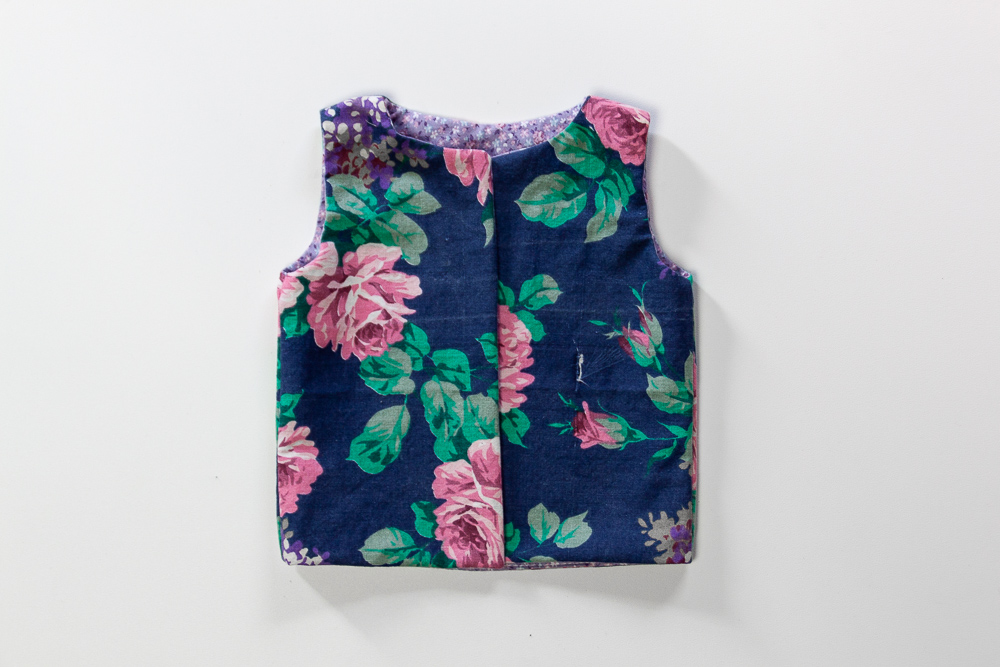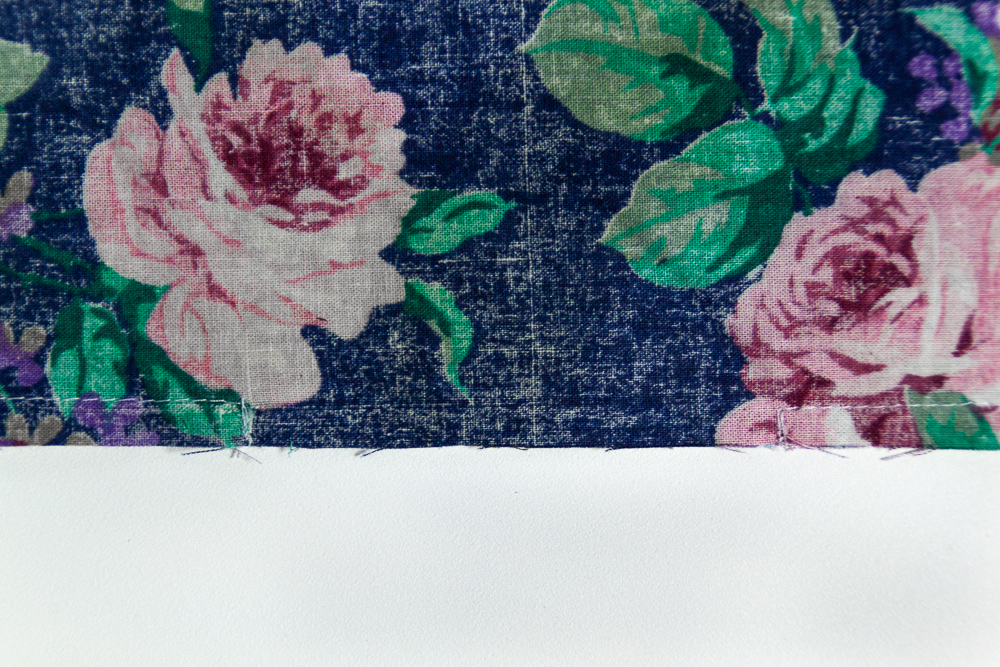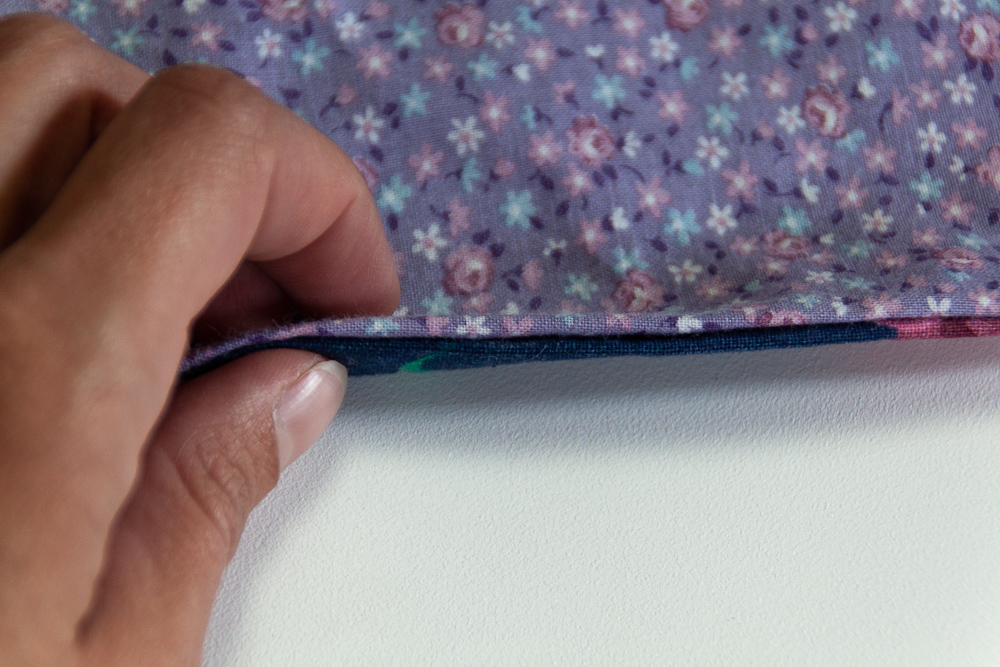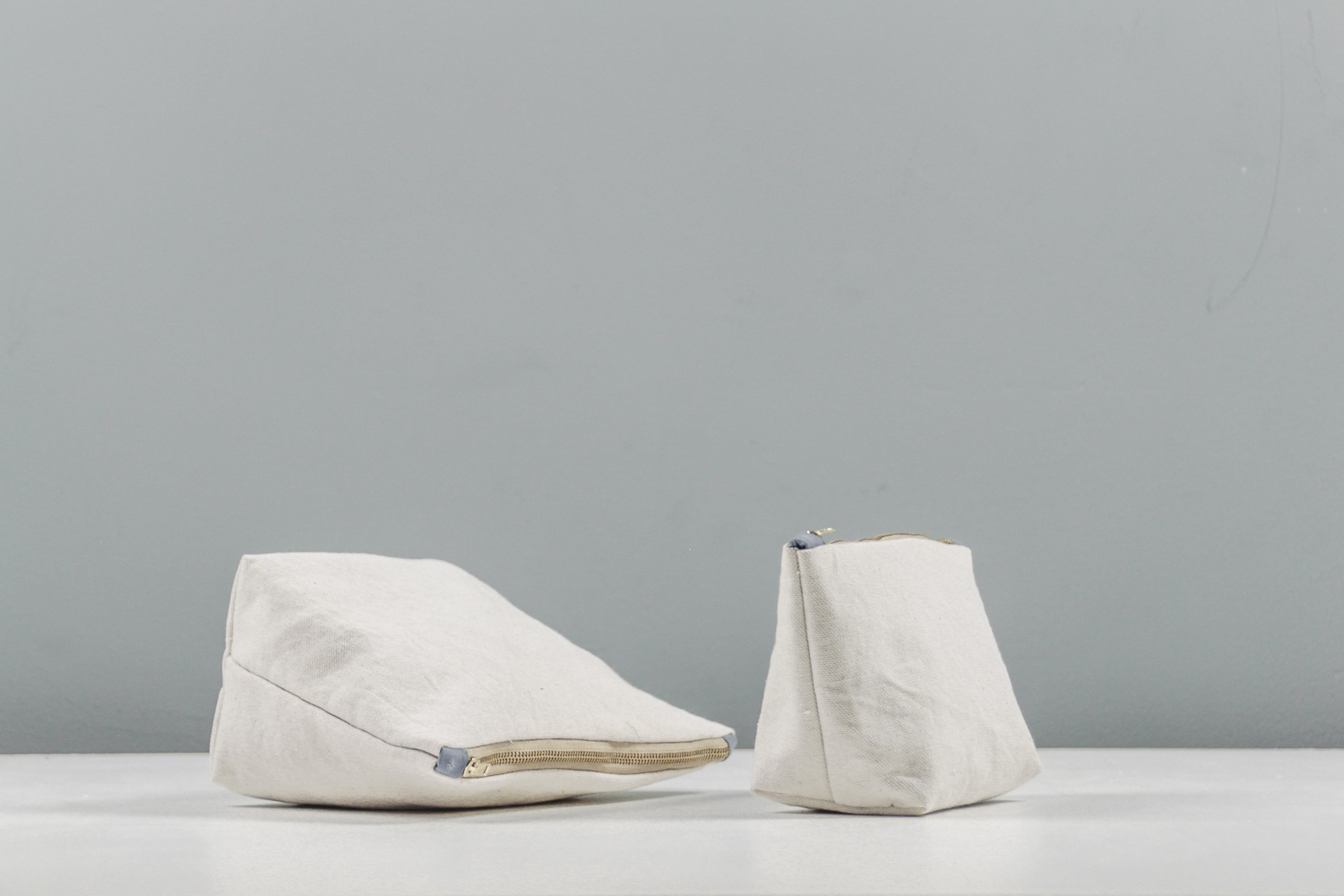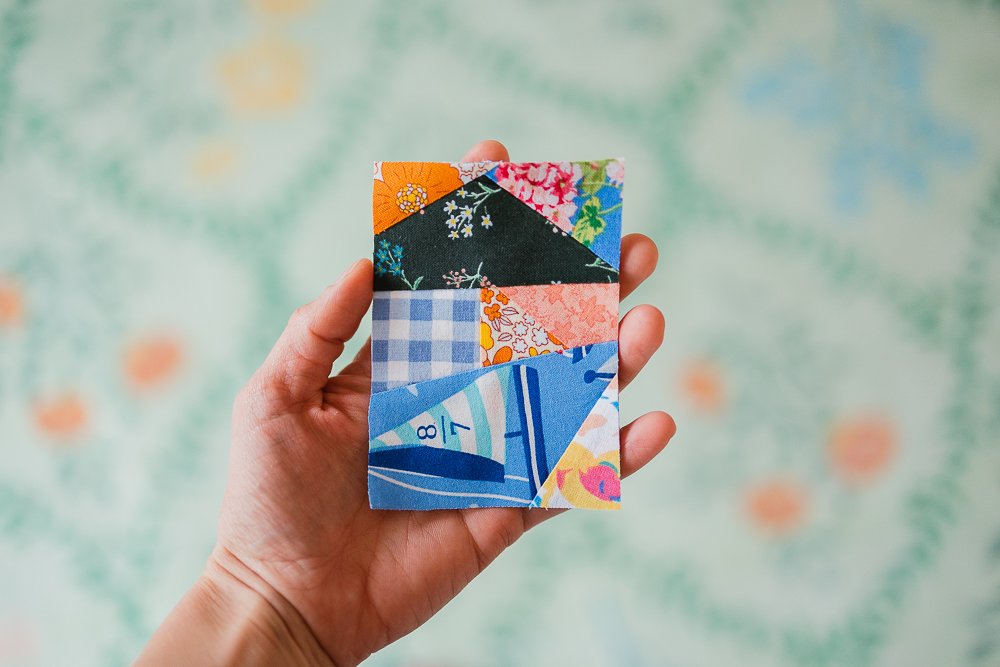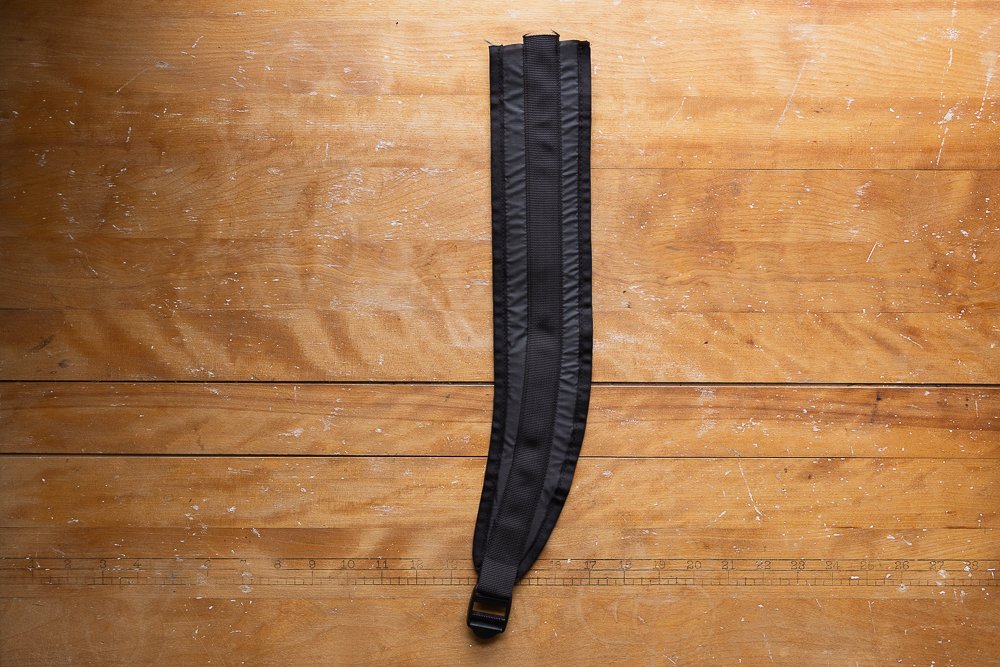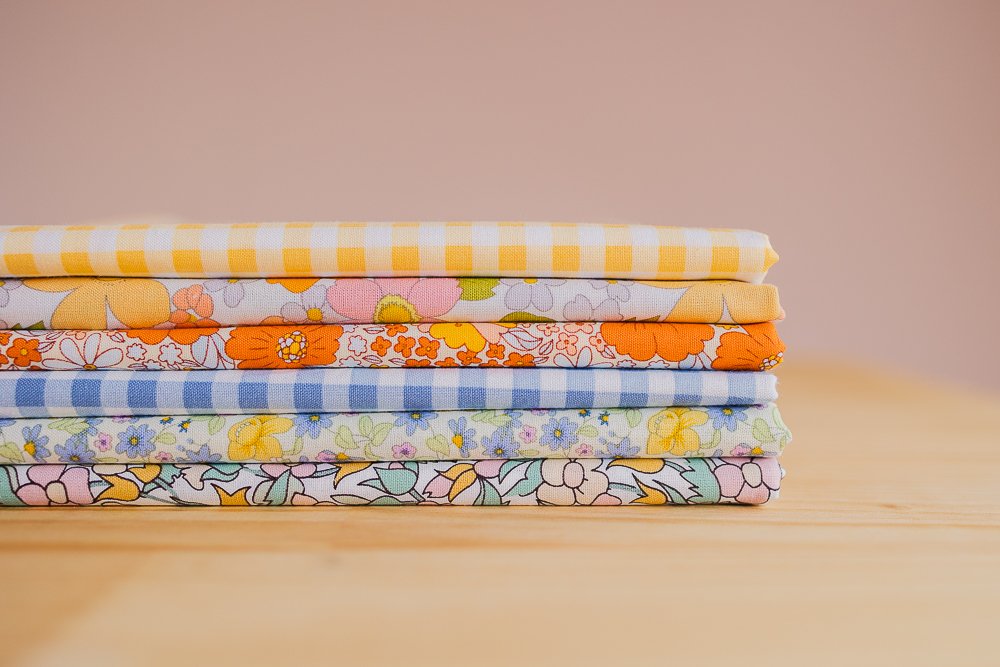The linens section at secondhand shops are positive goldmines. Old tablecloths and curtains have such good texture, and you can’t beat the price for the yardage! Here are some recent finds from my local thrift shops. If I remember correctly, all of these were purchased for less than $3.00.
Many people recommend not buying fabric unless you have a specific project in mind. I, on the other hand, think it’s a good idea to buy fabric with no project in mind. Fabric is a special thing. If you find something you love at a good price, don’t let it slip away. For many of us sewing is our main creative outlet. Having fabrics of various materials and sizes and colors on hand to play with is so important in our lives.
I love the freedom of checking my stash and picking out the right fabric for an idea the same hour it forms in my head. I love being able to play and experiment without driving to the store and waiting for new fabric to wash and dry. Our time is so limited — I want the time I dedicate to playfulness in my sewing room to be as productive as possible.
So, I believe in big stashes.




